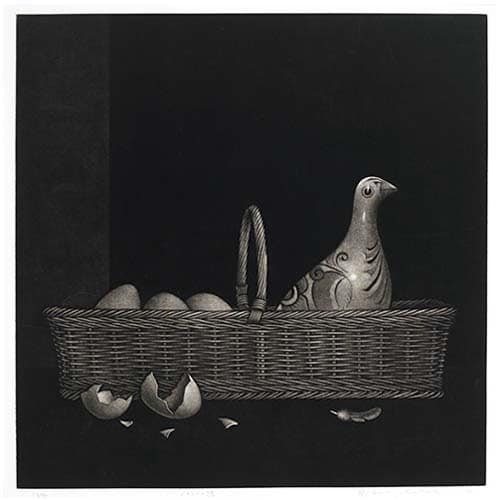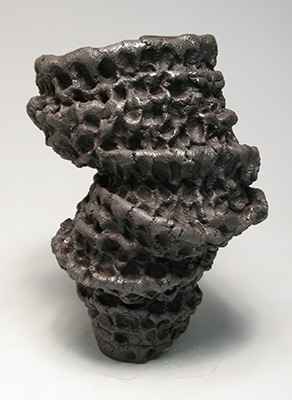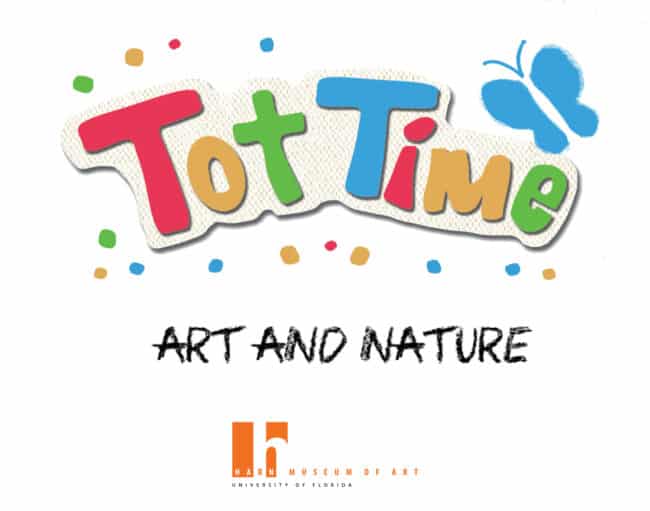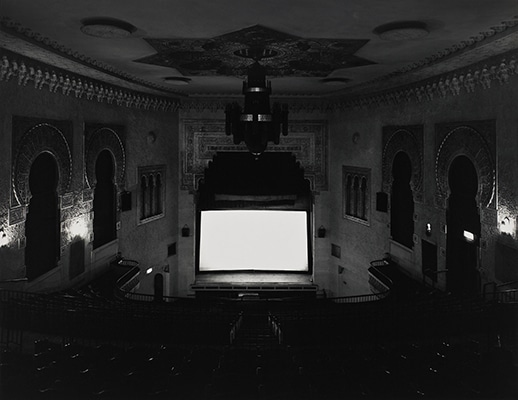
It is time to take a breath.
It is time to take a moment to tame our minds and deeply see what is in front of us and within us. After these months of anxiety, there is no better time than right now to use mindfulness as a tool towards our true potential for insight, kindness, and creativity. On campus, UF Mindfulness offers resources and tools to help you along this journey.
At the Harn Museum of Art, you’ll find the perfect place to practice, as visual literacy and learning to look help us build on our skills of observation, stillness, and curiosity. In particular, a section of the Contemporary Pavilion focusing on the arts of Asia will open in the coming months that will shift in tone and substance to emphasize the power and potency of slow looking. The art here will meet you where you are: it allows a space for grieving, it invites more singular focus, it highlights the hushed tones of Japanese aesthetics, and it accepts and celebrates the art of change and impermanence.
Nobuo Satoh (1926–2005) created shadowy monochromatic prints which present an atmosphere reminiscent of a dreamlike state.
In 1933, Jun’ichirō Tanizaki first published In Praise of Shadows (In’ei raisan), a meditative essay appreciating the aesthetics of Japan, which was especially reflective on the qualities of beauty and subtlety. There are two main points that I’ve returned to repeatedly over the years that directly relate to the art on view. One: the pauses/silences are the most important quality of sound. Any musician will confirm this. This can also be applied to the visual arts as well, as empty spaces create the essential atmosphere.
Two, and closely related: Shadows and nuances of lighting emphasize meaning in different ways. In the essay, Jun’ichirō explains the beauty of lacquerware, for example, is dependent on candlelight—the magic of shadows relies on mystery and on our collective attention to detail to reveal its depth and richness. Lacquer, especially lacquer flecked with gold, is designed to shine in low light. The gold itself draws in the light and takes on a life of its own.
There’s so much more In Praise of Shadows than this: Jun’ichirō was an accomplished novelist who gathered his thoughts on topics as varied as architecture to toilets to Noh theatre in a nostalgic tone. (His description of holding lacquered bowls of soup is one of the most inspiring bits of food writing I’ve ever encountered!) However, through his self-described “grumblings,” he was both a man of his time and ahead of his time, so there is range of material to sort through in the essay.
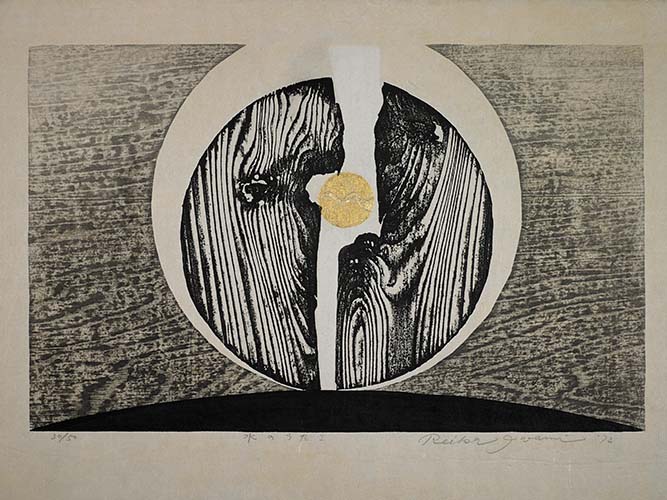
There are many techniques for meditation: my high school philosophy teacher used to ask the class to imagine an endless sea of tapioca nirvana. You may have heard about concentrating on the tip of your nose. How do you attempt to still the “monkey mind” which leaps from thought to thought at a frenetic pace?
Another alternative to add to the mix: Still the mind down by slow looking. Choose something that speaks to you, and then stay with it. Maybe stay longer than you’re comfortable. Then come back to it. Notice everything. Let the image be the focus of all of your concentration. Get in the zone.
Do it again.

Transience teaches that everything is in a constant state of change and that nothing is permanent. Artists are able to capture this evanescence in a more durable format. That is a great lesson.
In traditional Japanese aesthetics, wabi-sabi is a worldview centered on the acceptance of transience and imperfection. Mindfulness practice supports these ideas, too.
In In Praise of Shadows, Jun’ichirō celebrated wabi-sabi by praising the smoky patina of silver, the texture and warmth of handmade paper, the cloudy beauty of jade, and (again) the gleam of lacquerware in candlelight.

Here is a gem to seek out in the Asian Wing: in the exhibition Tempus Fugit :: 光陰矢の如し :: Time Flies, a long handscroll is on view—an artist’s long self-reflection full of nuance and shadow. While the landscape seen in the scroll may reflect actual places, it is also likely that what we see is a “mind landscape”—one which expresses the innermost landscape of the artist’s heart and mind.
This entry is dedicated to the memory of Eleanor Schmidt who dedicated over 21 years as an active docent at the Harn Museum and volunteered for the Harn’s Art for Life program as an Emeritus Docent. She donated the two prints seen above by Nobuo Satoh to the Harn Museum of Art in 2012.
Images (top to bottom):
Hiroshi Sugimoto, Prospect Park Theater, New York, 1977, Gelatin silver print, Partial gift of Melvin and Lorna Rubin and Museum purchase, funds provided by the Caroline Julier and James G. Richardson Acquisition Fund, 2003.20
Nobuo Satoh, Mekishiko no hato I, II, (Mexican Dove I, II), 1972, Mezzotint, Gift of Eleanor Schmidt, 2012.21.1, 2012.21.2
Reika Iwami, Song of Water I, 1972, Woodcut: ink, gold, and mica on paper, Gift of Anne and Jerry Godsey, 2013.24.1
Toko Shinoda, For Thee p, n.d., Ink and color on paper, Gift of Anne and Jerry Godsey, 2013.24.5
Ishiyama Taihaku, Landscape (detail), Handscroll, sumi ink with mica ornamentation on silk, Overall: 19 3/16 in. × 51 ft. 7 3/4 in., Museum purchase, funds provided by the Robert H. and Kathleen M. Axline Acquisition Endowment, 2019.7



